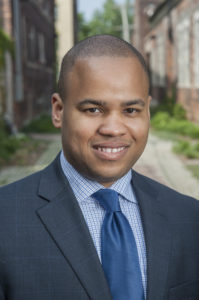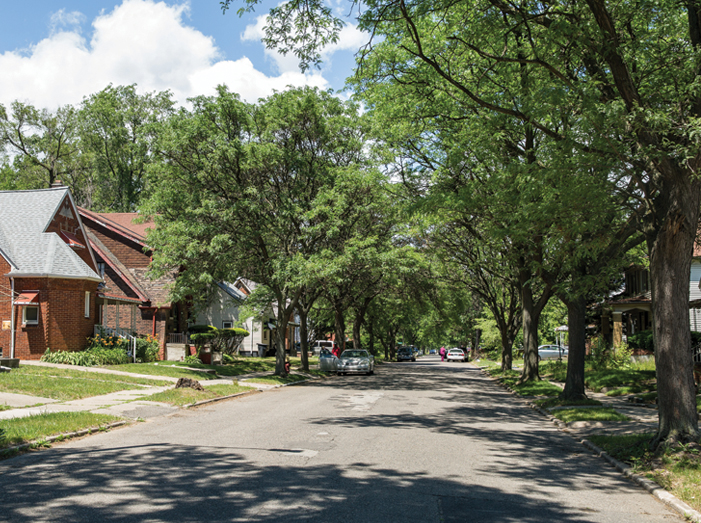
This column begins a monthly series featuring the insights of Austin Black II, founder of City Living Detroit, a full-service, real estate brokerage firm based in Detroit. One of the city’s leading brokers, Black has earned praise for his success at increasing homeownership in city neighborhoods and surrounding areas. This month he shares insight about trends in District 2, including the Sherwood Forest, Palmer Woods, Martin Park (Marygrove), and Bagley neighborhoods. Black also sells homes in Midtown, downtown and historic neighborhoods throughout the city and the Woodward corridor.
On buyer interest in District 2:
“There’s increasing interest in homes within Detroit’s District 2. I think the number one reason is the lack of available property throughout a lot of the city. For example, someone says, ‘I want to live in West Village,’ but when he or she starts the search they realize number one, there’s not a lot of available property and number two, there’s a lot of competition for the properties that are available. It’s only natural that they expand their search and look for the ‘next’ hot area. District 2 is certainly among neighborhoods that are attracting more attention.”

On the market’s rebound:
“I’ve noticed a significant change. When I first started selling real estate, most of my transactions were in the greater downtown area, but I always had an interest in the area (District 2) from when I was a little kid, since it’s where my grandmother lives.
“In the depths of the recession you could get a house in Sherwood or Palmer for $100,000 or less, and in Bagley, you could get a house for $10,000 or less.
“Today, a move-in ready three-bedroom house in Marygrove or Bagley might sell for $65,000 to $112,000.
“That’s not an overall picture of the market. These are the homes that have been renovated and sold. You can still get homes at a lower price point, but those are going to be homes that are not in as great shape but you can still put investment into them and get value.”
On commercial development:
“What I’ve found is even if people want a single-family lifestyle, they still would like to be able to walk or bike to coffee shops, restaurants, bars and other retail stores.
“You can see how activity in the commercial corridors benefits the neighborhoods around them.”
On city and citizen efforts:
“The Land Bank has been very active in the district, particularly with the Rehabbed and Ready program. It renovates homes and puts them on the market.
“What you find is people, who lived in the neighborhood a long time, see the investment happening and so they’re starting to fix up their homes.
“When you look at what the values were in 2008 and 2009, in particular, people got the feeling, ‘My house is worth virtually nothing at this point. Why I’m a putting effort into it when the value is not just there?’
“Some of those houses were abandoned and in completely rough shape, and they couldn’t be saved (by the owners). When you see some of those houses going on sale, it gives you a little hope.”
For more information about City Living Detroit visit www.citylivingdetroit.com.
Lead photo: Although not every home in 48221 has the grandeur of this Soupy Sales sales residence (listed at $499,000), it showcases the market’s potential. Photo courtesy of Realcomp
See more features on City Living Detroit and Austin Black II:
Local real estate expert Austin Black II trumpets value in Detroit’s neighborhoods


